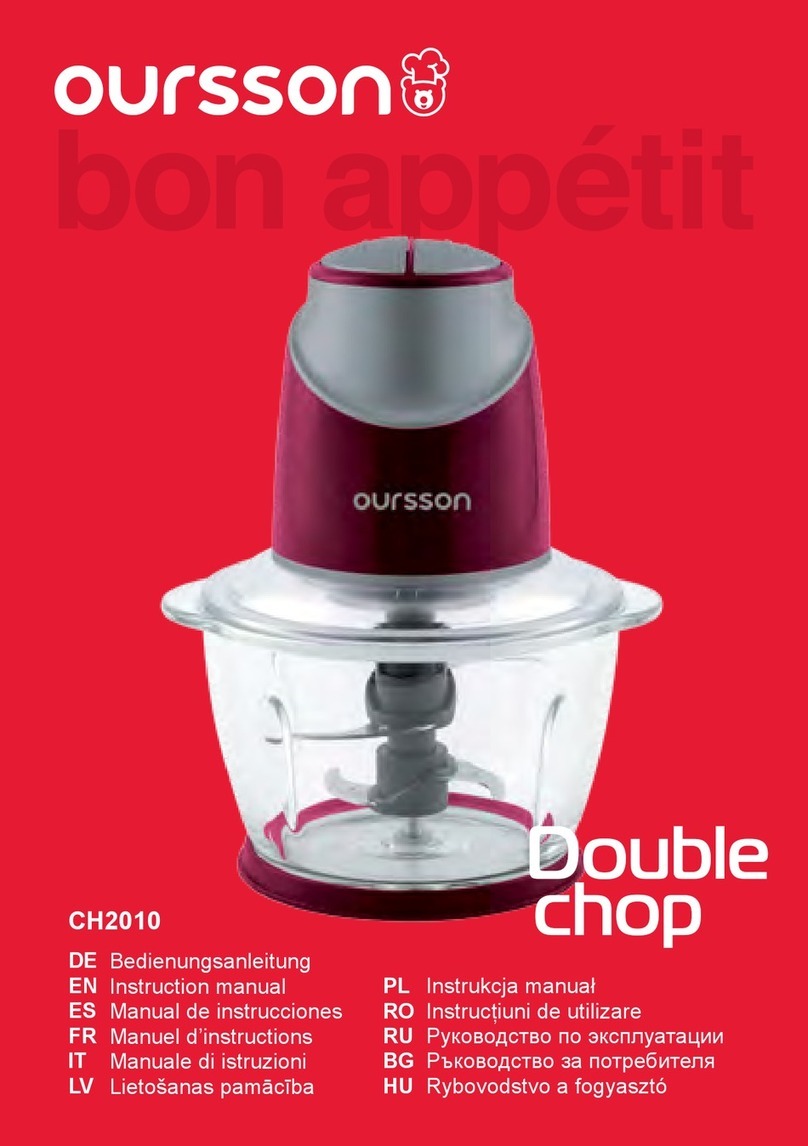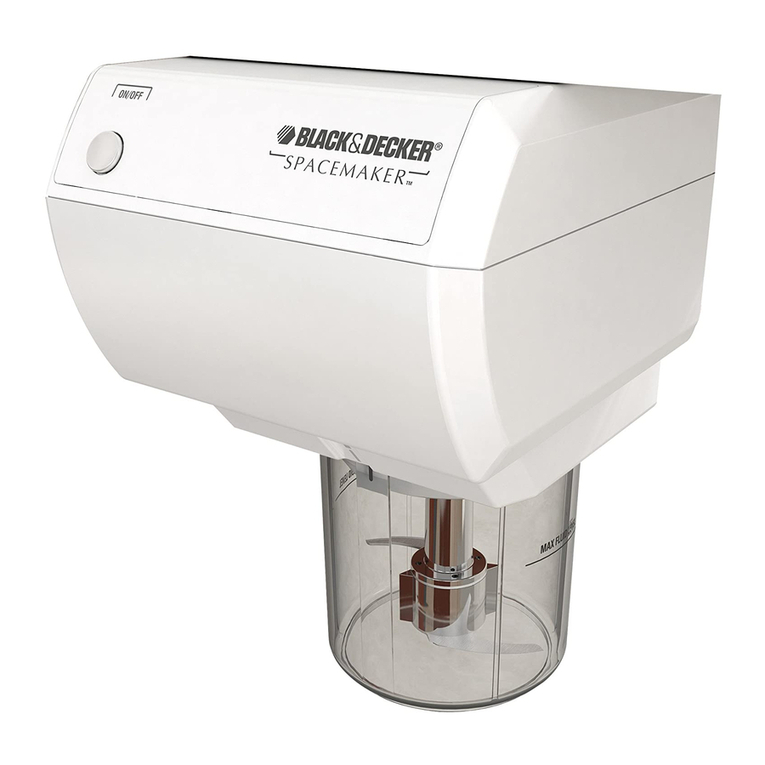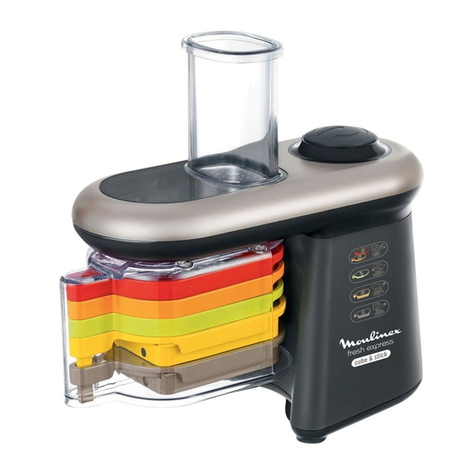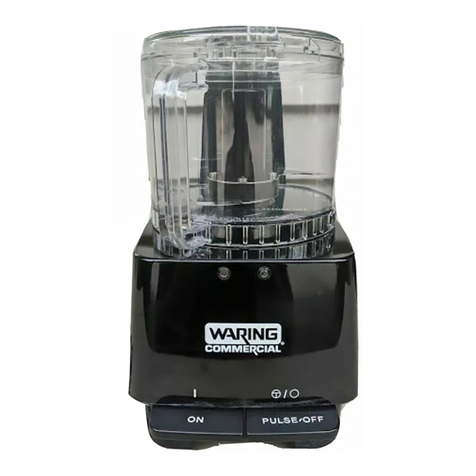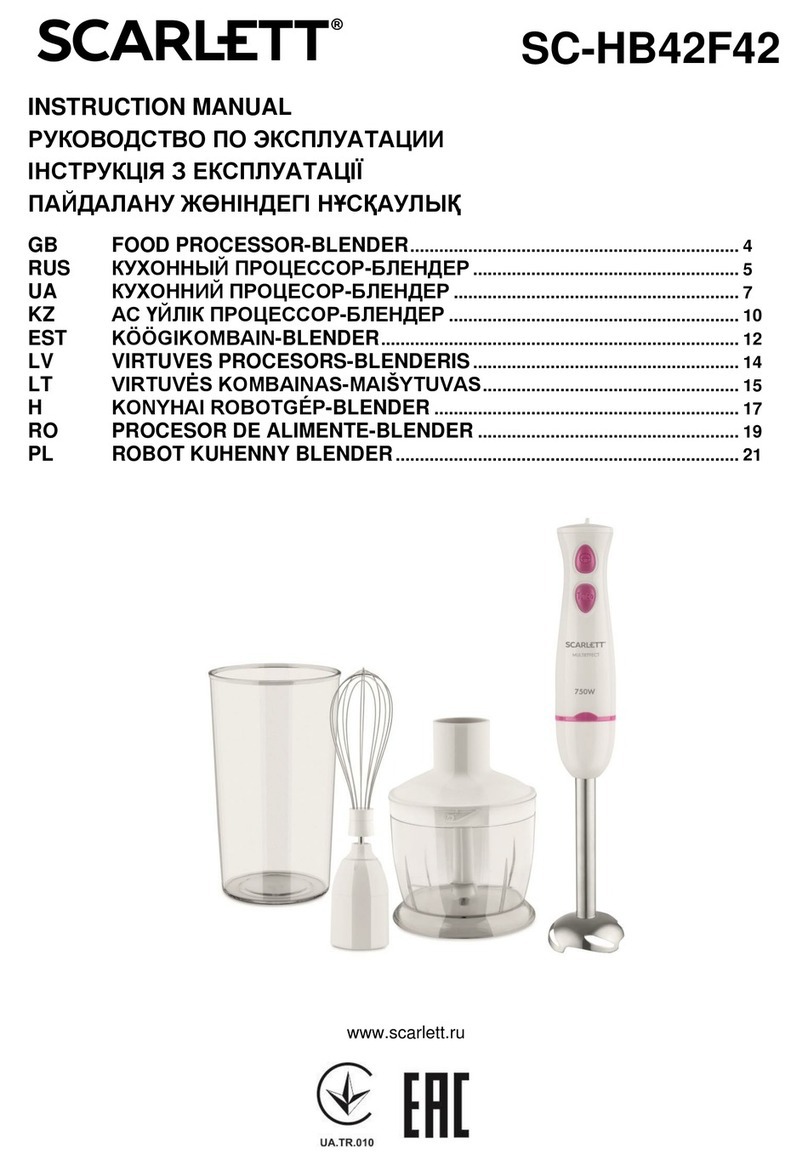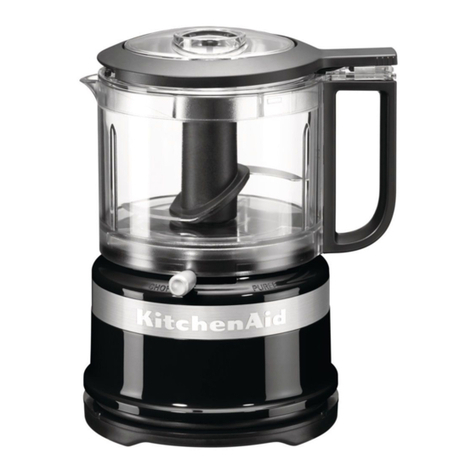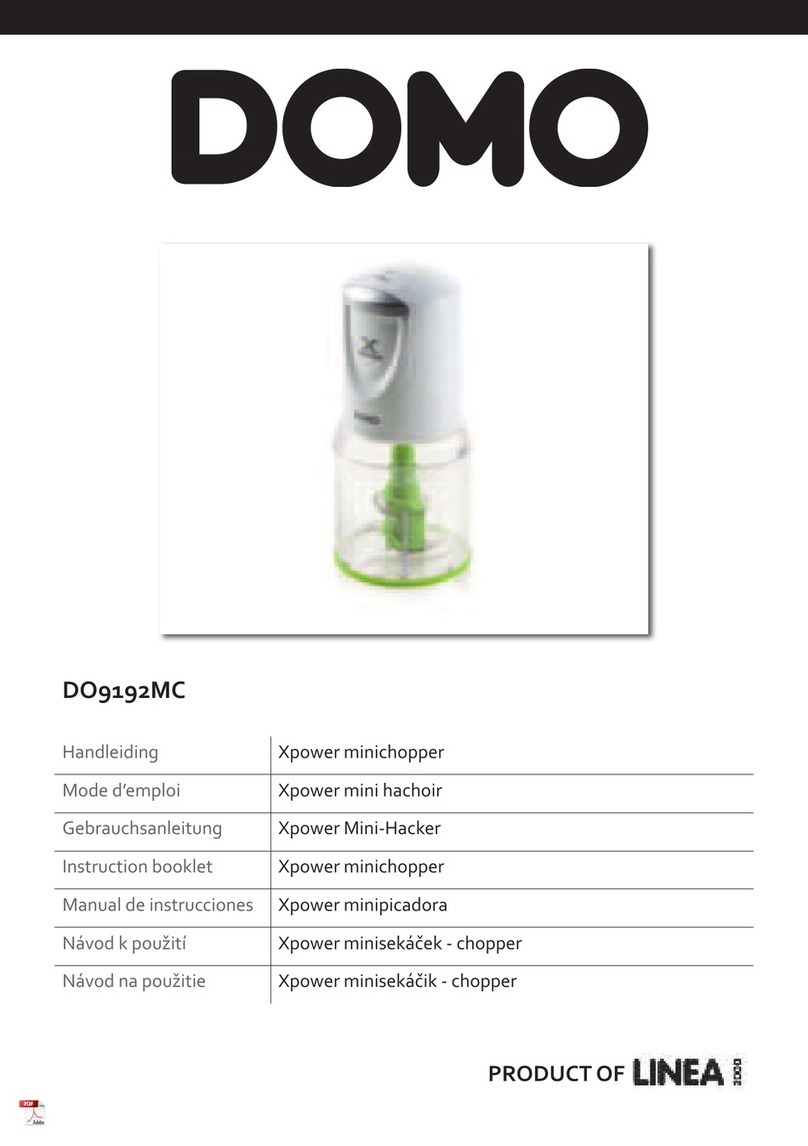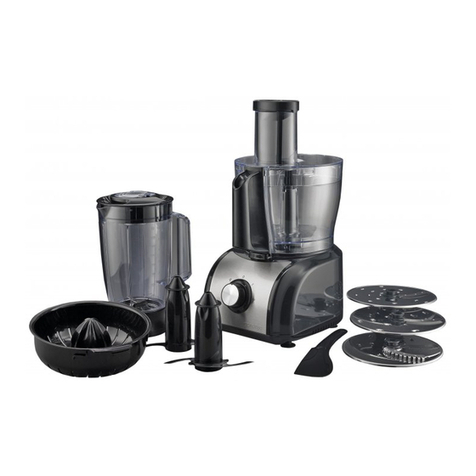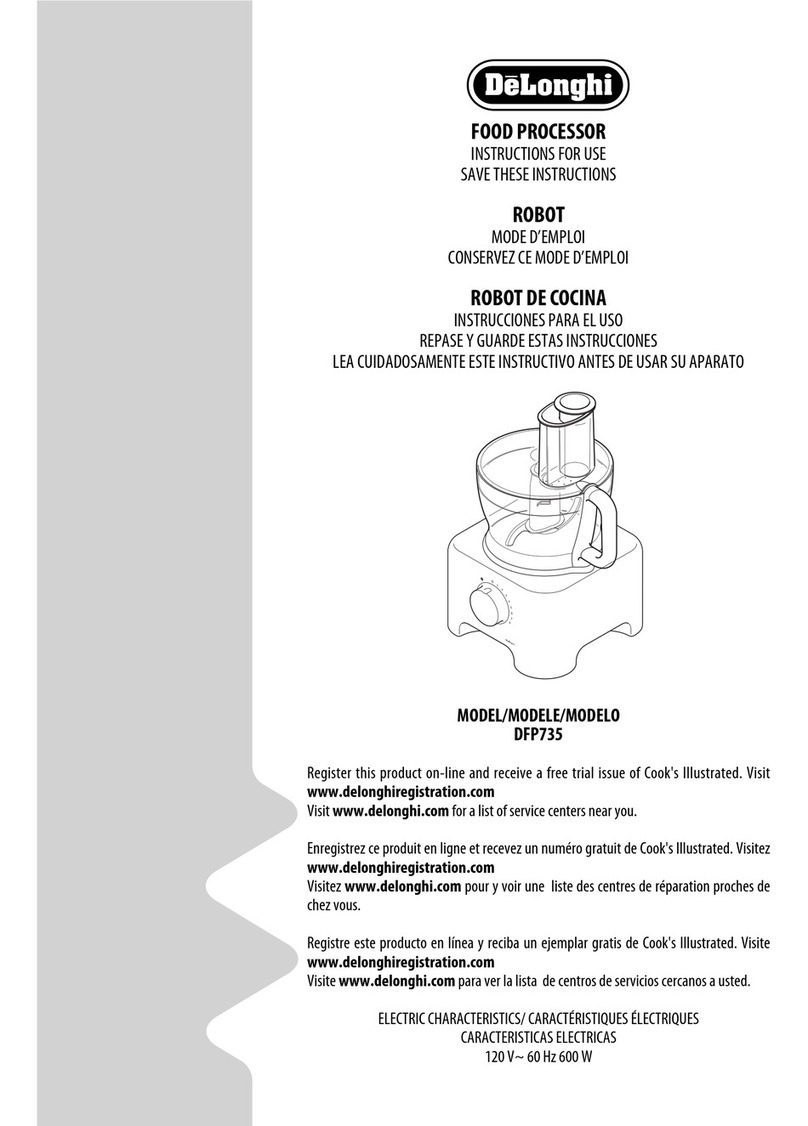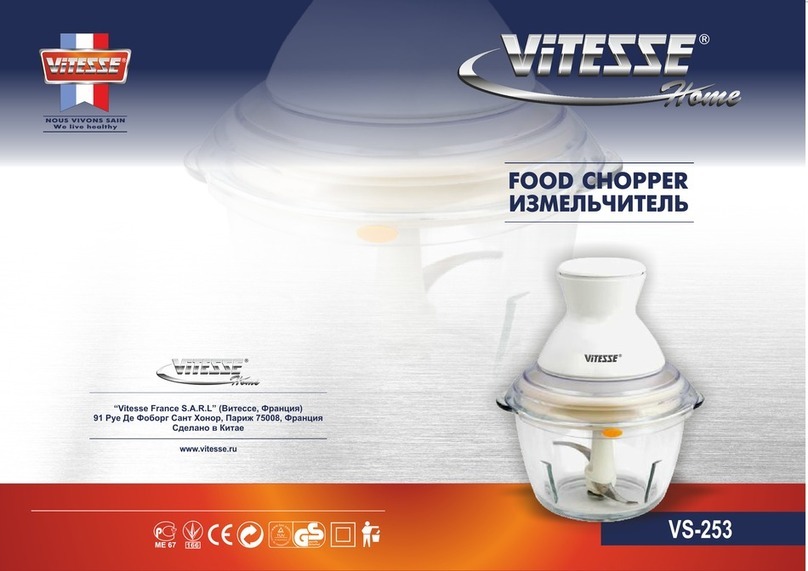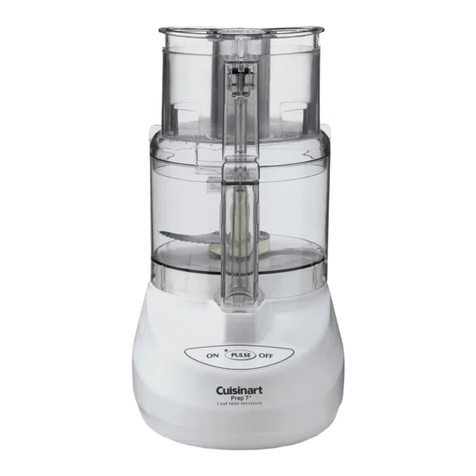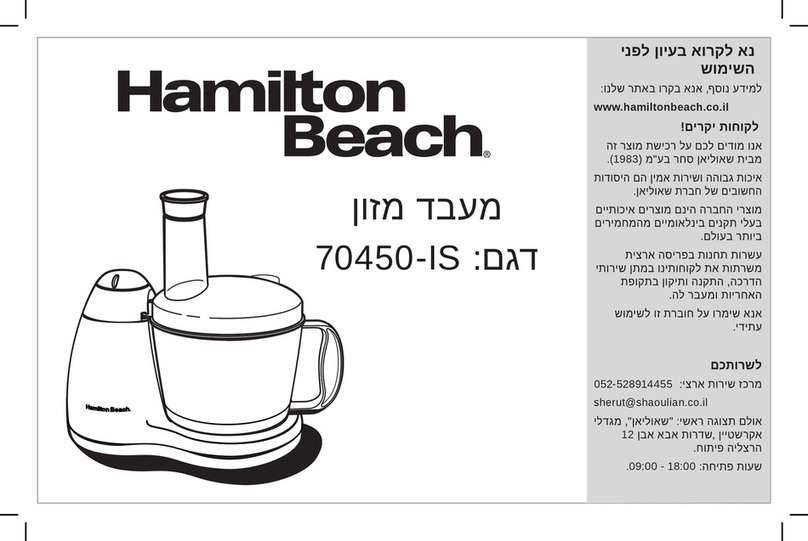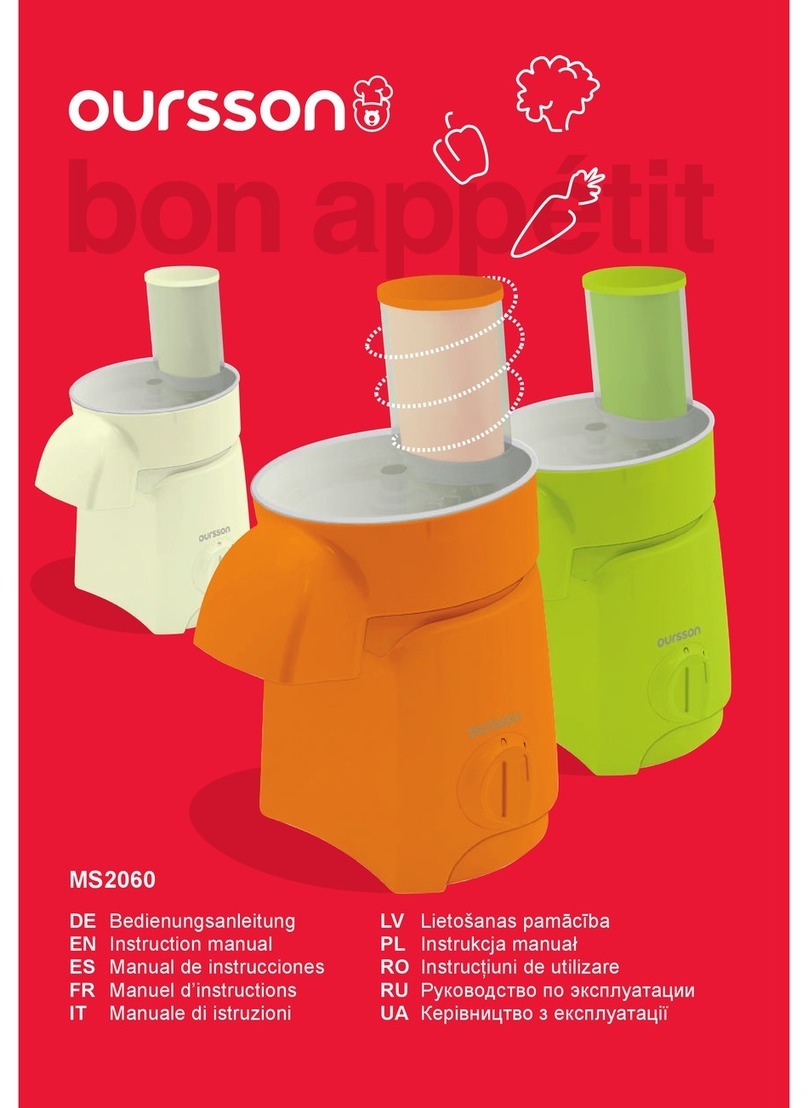Terahertz Technologies C-995 User manual

Terahertz Technologies Inc.
169 Clear Road Oriskany, NewYork 13424
Tel: (315) 736-3642 Fax: (315) 736-4078
Copyright 2003TerahertzTechnologiesInc.
C-995
Optical Chopper
Operating Manual

Topic Page
GENERAL INFORMATION
Introduction.......................................................................................... 1
Specifications....................................................................................... 2
Unpacking and Inspection.................................................................. 3
Power Requirements............................................................................ 3
OPERATING INSTRUCTIONS
Operation............................................................................................... 4
Serial Port ............................................................................................. 5
Operating Considerations.................................................................... 7
WARRANTY INFORMATION
Repair Information................................................................................ 8
Limited Warranty................................................................................... 8

Introduction
The C-995 Optical Chopper is a general purpose optical chopper designed for labo-
ratory use. Equipped with a large five-digit LED readout, the C-995 controller
enables digital entry of the desired chopping rate directly from the front panel.
Additionally the C-995 is equipped with a bi-directional Rs-232 port that equips
the user to set the desired chopping rate to a resolution of .001 Hz and to read the
status of the instrument.
As the unit is designed with a phase-locked-loop control system, the chopping rate
may also be synchronized to a user-supplied external clock ranging from 4 Hz to 5
KHz. The controller is then used to read the frequency of the external clock.
The C-995 chopping head is attached to the controller by means of a 10 foot coiled
cord. The precision etched blade is fully enclosed for protection from inadvertent
damage. There are two apertures and two blade sections (30 slots and 3 slots) for
the high and low frequency ranges respectively. The aperture diameter is 15 mm
with a slot width of 4.5 mm (30 slot section) or 15 mm (3 slot section).
The small 4.75 inch square outline and 2.5 inch maximum depth permits easy inte-
gration into compact optical setups. Dual #8-32 mounting holes permit the aper-
tures to be placed at a height as low as 0.75 inches above an optical bench, or with
the included ½ inch rod and stand, as high as 13 inches above the mounting surface.
1

Specifications
Frequency Range:.......................................
Frequency Accuracy:..................................
Frequency Stability (Internal Clock):..........
Frequency setting resolution......................
Phase Jitter:.................................................
Settling Time to Lock....................................
External Frequency Input:...........................
Display:.......................................................
Rs-232 Port..................................................
Aperture size...............................................
Operating Temperature:...............................
Power Requirements:...................................
Size:............................................................
Weight:........................................................
2
4.0 to 500 Hz(usinginner aperture)
40 to 5000 Hz(usingouter aperture)
0.01 % of setting
+25 ppmover temperature range
0.1 Hz - high speed range
0.01 Hz - lowspeed range
0.001 Hz- bothranges via Rs-232port
0.1% peak-to-peak, 3 slotaperture
1%peak-to-peak, 30 slot aperture
< 5 sec., for full scalechange, <1 secfor 10 %change
TTL/CMOS Compatible, 4.0to5000 Hz
5 Digit LED, Green (565 nm) 0.56 In. (14 mm)
3-wire, 9600, N,8,1
30 slot aperture, 15 mmhigh, 4.5 mm wide at center 3 slo
t
aperture, 15 mmhigh,15 mmwide at center
0 - 40 C
85 to 260 V.A.C., 40-400 Hz, < 20 W
Controller: 2.8"H x7.5"Wx 8.5"D
Head,: 4.5"H x4.5"Wx 2.5 "deep
5 lbs,(2.25 Kg)

Unpacking and Inspection
Prior to shipment this instrument was inspected and found to be free of mechanical
and electrical defects. Upon acceptance by the carrier he assumes responsibility for
its safe arrival. After unpacking, examine the unit for any evidence of shipping dam-
age. Should you receive this instrument in a damaged condition, apparent or con-
cealed, it must be noted on the freight bill or express receipt and signed by the
carrier’s agent. Failure to do so could result in the carrier refusing to honor the claim.
Upon filing a claim TTI should be notified.
Power Requirements
The C-995 is equipped with a universal power supply that works anywhere in the
world. The input range is from 85 to 260 V.A.C., 40 - 400 Hz. Both legs of the
power line are switched and fused for safety. Replace fuses with 1 amp slo-blo, 5x20 mm
typesonly.
3

Operation
After unpacking and inspecting the instrument, attach the rod and stand to the
chopper head by screwing in the 8-32 threaded screw into the appropriate hole in
the chopper head.. Adjust the height of the chopper head as needed. (The inner
aperture should be used for the Low speed range and the outer aperture for the
High speed range.) Connect the chopper head to the controller with the coil cord
provided. Place the power cord into the IEC power entry module on the instrument
rear panel and plug the power cord into a suitable power outlet. The instrument is
now ready for use.
The front panel frequency select switch should be set to
High
for a desired chop-
ping frequency in the range of 40 to 5000 Hz and to
Low
for a desired chopping
frequency in the 4 - 500 Hz range. The power switch is located on the power entry
module on the instrument rear panel. This switch may now be turned on. Insure
that the
Sync Select
switch on the rear panel is in the
Int
. position.
The display should now be energized and it should indicate either 1000.0 Hz or
100.00 Hz for the high and low frequency ranges respectively. These values are
stored in the unit during the calibration process. (Frequency settings for each
range are stored in non-volatile memory so that the unit is able to maintain the
programmed chopping rate between periods of use.)
The TTL/CMOS level sync signal that is coincident with the chopped light is now
available at the front panel BNC connector labeled
Sync Output
. This signal may
now be connected to a lock-in amplifier, oscilloscope or other instrument.
Setting the chopping rate from the Front Panel
The chopping frequency may be set from the front panel as follows. Push and re-
lease the frequency set control. The least significant digit of the display will now
blink. Rotate the knob to select the digit value that is desired. Pressing and releas-
ing the knob again will cause the next most significant digit to blink. Set this digit
in like manner. Continue this process until the desired most significant digit is set.
Pressing and releasing the knob one last time will cause the displayed frequency
to be entered into the unit and also be stored in memory. The controller will now
adjust the motor speed to chop precisely at the rate that has been selected. The
unit will not allow speeds to be selected that are outside of the 4 - 500 Hz or 40 -
5000 Hz limits for the Low and High speed ranges respectively.
4

Setting the chopping rate via the Serial Port
The C-995 is equipped with a bi-directional “three-wire” Rs-232c interface. It
permits the unit to be remotely controlled via an external computer and will report
the unit’s status on request.
An interface cable is supplied with each unit. Plug the Rj-14 (telephone style)
connector into the port on the unit’s rear panel. Plug the 9 pin D connector into
the computer serial port. Using a communications program (such as WINDOWS
Hyperterminal) set the appropriate communications parameters. The protocol is
9600 N 8 1, i.e. Baud Rate of 9600 Baud, no parity bit, 8 data bits, and one stop
bit. The command structure is as follows:
To set the chopping rate to 1 KHz on the high speed range, send the following
eleven character string: “F:1000.000CR”
CR is Carriage Return, hex 0D, or Enter on a PC keyboard. The significance of the
characters is as shown above.
All eleven digits must be present including leading zeros. For example, to set the
unit to chop at 15.627 Hz on the low frequency range, send the following string:
“F: 0015.627CR”
A correct command will be met with the response: “OK”.
An incorrect command will be met with the response: “Invalid Command”.
To request the status of the unit, send the following string:
“F:STATUSRQCR”
F:1000.000CR
Prefix Chopping
Frequency Carriage
Return
5

The C-995 will return the following information:
INT(EXT)SYNC
HI (LO ) SPEED RANGE
1000.000 HZ
When the unit is in the Ext. Sync mode, the measured chopping frequency will be
returned.
Should the user attempt to enter an invalid frequency for the range in use, the
following string will be sent:
“FOR THE RANGE IN USE, FREQ. IS TOO HIGH (LOW)”
The display will reflect the new frequency.
Setting the chopping rate via External Sync
To synchronize the C-995 to an external clock, set the Sync switch on the rear
panel to the Ext. position. Apply a TTL/CMOS compatible clock to the rear panel
BNC connector labeled External Sync.
Ensure that the clock frequency is appropriate for the range in use, i.e. 4 - 500 Hz
for the Low speed range and 40 - 5000 Hz for the High speed range. The C-995
chopping rate will now be phase-locked to this external clock and will track it. The
display will count the external frequency and display it to a resolution of 0.1 Hz in
the High speed range and to 1 Hz in the Low speed range.
6

Operating Considerations
The C-995 utilizes a precision Swiss-made DC motor. Motors do however, have a finite
lifetime. It is thus recommended that the motor be used at the lowest speed that provides the
needed chopping rate. For example, if a chopping rate of 400 Hz is desired, it is preferable to
run the unit at the bottom of the High Frequency Range rather than at the top end of the Low
Frequency Range. It is also desirable to turn the unit off when it is not being used. These
simple precautions will maximize the life of your motor.
The outer sets of slots provides 30 chopping cycles per motor revolution while the inner set
of slots provides three chopping cycles per revolution. Thus using the inner set of slots
provides the minimum phase jitter. Use the inner set of slots in those applications where this
criteria is important. Additionally the inner set of slots chops the largest diameter beam. For
beams of more than 2-3 mm in diameter, the inner set of slots should be used.
The rise time of the chopped optical signal is essentially the time it takes for the blade to pass
through the beam. Thus if this criteria is of importance, the inner set of slots should be used
with the motor set to a faster speed or the beam should be focused at the plane of the chopper
blade.
For High power lasers of 5 Watts or more, never leave the chopper blade exposed to the
beam while it is not rotating or is rotating at low speed. Excessive heating of the blade
can result and may cause it to warp.
Do not attempt to rotate the chopper head while the unit is rotating at high speed.
Gyroscopic forces can bend the blade and force it into contact with the LED-
phototransistor sensors. This could damage the unit.
Never plug or unplug the chopper head while the unit is powered up. To do
so may damage the unit.
7

Warranty And Repair Information
REPAIR INFORMATION
Products manufactured by Terahertz Technologies Inc. are designed and manufactured to provide reliable performance.
However, in the event that service is required, both telephone technical assistance and factory repair services are available.
For IN-WARRANTY REPAIRS, call us to obtain a Returned Material Authorization number, (RMA Number). All products
are to be returned to TTI with freight charges pre-paid. Those products sent under warranty will be returned to our custom-
ers pre-paid. We cannot be responsible for returned products that do not reference the TTI RMA number.
For OUT-OF-WARRANTY repairs, services are billable for both time and materials.
LIMITED WARRANTY
TERAHERTZTECHNOLOGIES INC. (TTI)WARRANTSTHATTOTHE FIRST PURCHASER, FOR A PERIOD
OF TWO YEARS FROM THE DATE OF RECEIPT, THAT THIS PRODUCT (THE PRODUCT) WILL BE FREE
FROM DEFECTS IN MATERIALS AND MANUFACTURING. THE FOREGOING WARRANTY IS THE ONLY
WARRANTY, EXPRESS OR IMPLIED, GIVEN BYTTI, I.E.,THERE IS NO WARRANTY OF FITNESS FOR A
PARTICULAR PURPOSE.TTI HEREBY DISCLAIMS ANY EXPRESS OR IMPLIEDWARRANTY OTHERTHAN
THEWARRANTY INTHE FIRST SENTENCETOTHE FULLEST EXTENT PERMITTED BY LAW.
THE SOLE AND EXCLUSIVE REMEDY UNDERTHISWARRANTY IS REPAIR OR REPLACEMENT ATTTI’S
OPTION OF ANY PRODUCT THAT PROVES TO BE DEFECTIVE IN MATERIALS OR MANUFACTURING
WITHINTWOYEARS OF RECEIPT OFTHE PRODUCT.NOTE:THISWARRANTY DOES NOT APPLYTO ANY
PRODUCTWHICH HAS BEEN SUBJECTTO MISHANDLING, MISUSE, OR SERVICE BY UNAUTHORIZED
PERSONNEL ORTO ANY PRODUCTWHICH HAS BEEN DAMAGED,MODIFIED,ALTERED ORTAMPERED
WITH.
TOTHE FULLEST EXTENT OFTHE LAW,TTI DISCLAIMS ALL LIABILITY FOR ANY OTHER DIRECT, INCI-
DENTAL OR CONSEQUENTIAL DAMAGES ALLEGEDTO BE CAUSED BY A DEFECTIVE PRODUCT, I.E.,
TTIWILL NOT BE RESPONSIBLE FOR ANY PERSONAL INJURY,PROPERTY DAMAGE OTHERTHANTHE
COST OF REPLACINGTHE PRODUCT OR ANY OTHER MONETARY DAMAGE SUCH AS LOSTWAGES OR
PROFITS CAUSED BY ANY USE, ATTEMPTED USE OR INABILITY TO USE THE PRODUCT. NOTE: BY
USING THE PRODUCT, YOU AGREE THAT REPAIR OR REPLACEMENT AT TTI’S OPTION WILL FULLY
SATISFYTTI’SWARRANTY OBLIGATIONTOYOU,WHETHER IN CONTRACT,TORT,NEGLIGENCE,STRICT
LIABILITY OR OTHER APPLICABLE LAW.
8
Table of contents
